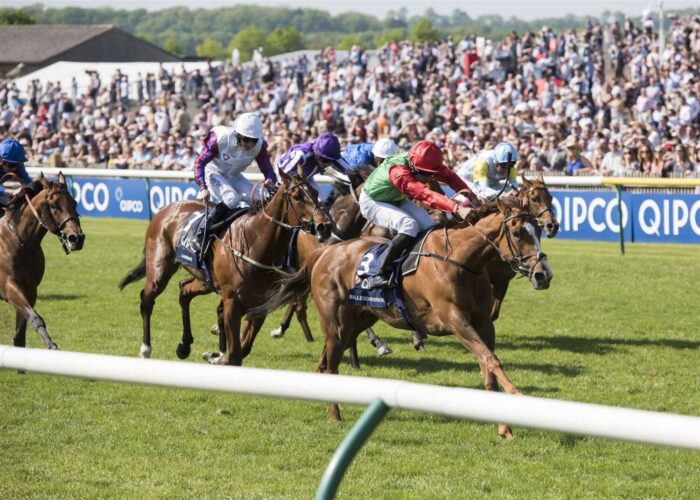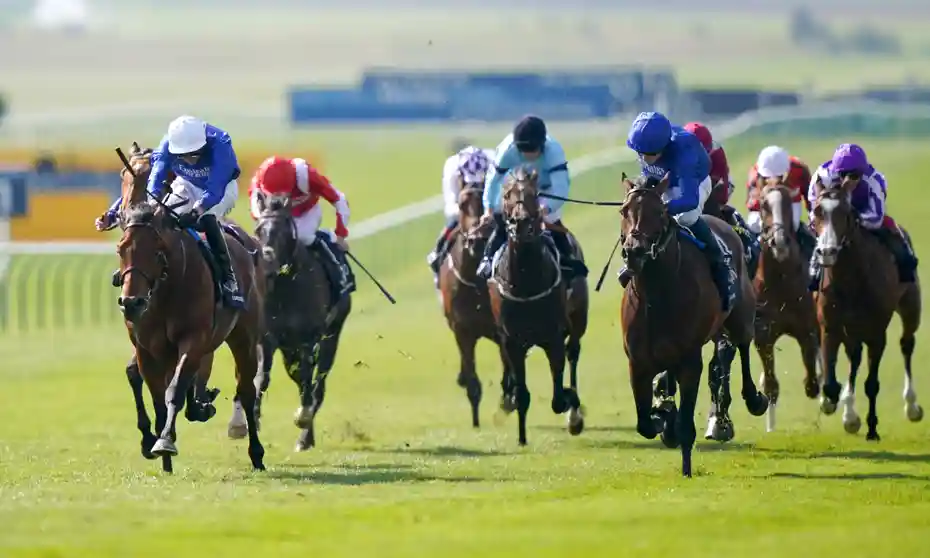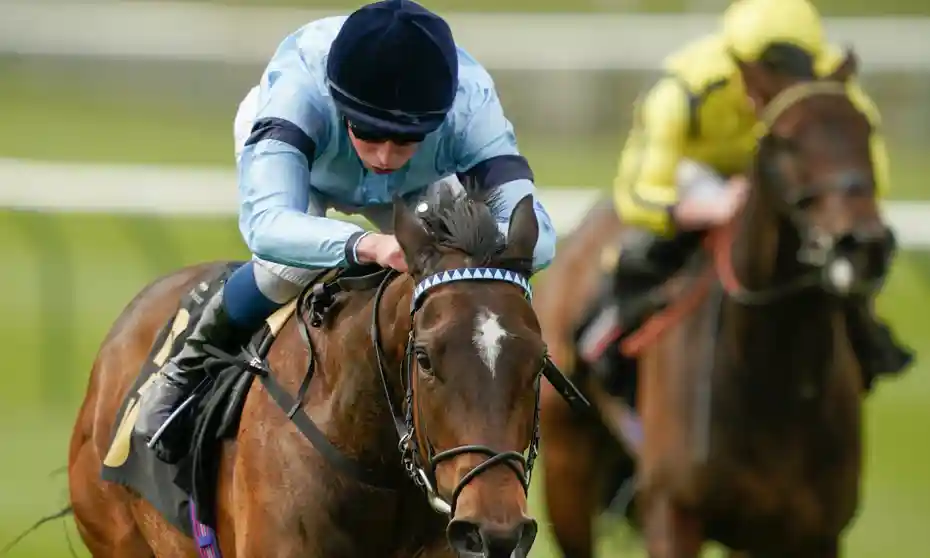With the first two Classics out of the way, it is safe to say that this year’s horse racing season has begun in earnest. The Guineas Festival was held on April 30th and May 1st this year, with the 2000 Guineas on Saturday and the 1000 Guineas on Sunday.
As with any racing event, some horses exceeded expectations while others disappointed the people who had bet on them. So much of the emotion tied up with horse racing comes from knowing that any moment the tables could turn, and fortunes could change.
Even the most experienced bettors can be shocked by a result. A betting guide is the best place to go to find all the latest information about a race, updates on the horses and any hot tips. Click here to visit one of the top bookmaker guides and see the types of tips and offers you can find.
It still isn’t a crystal ball of course. In all honesty, that’s part of the thrill that comes as part of the betting experience. Winning wouldn’t be as exciting if you didn’t lose occasionally too!
History of the Guineas Festival

Source: suffolknews.co.uk
Just like the Cheltenham Festival, the Guineas Festival is a multi-day event. Unlike it’s far more famous cousin, however, the Guineas Festival is often overlooked. A quick search of popular horse racing events, for example, does not include the Guineas Festival.
The Guineas Festival is held at Newmarket, which is known as the Home of British racing. This title comes partly from the races held at Newmarket and partly from the high concentration of training yards and equestrian organizations in and around the town.
Unlike many of the major racecourses in the United Kingdom – with the notable exception of Cheltenham – Newmarket has more than one course. It has two wide turf courses used solely for flat racing. They are the 1-mile July Course and the 1-mile, 2-furlong Rowley Mile.
For longer races, both courses use the Cesarewitch or Beacon course, which turns right onto the straight course. The Rowley Mile course has a maximum field of 35 horses, making it one of the largest fields in the country after the Grand National, which allows for 40 horses.
Both Guineas races take place on the Rowley Mile. The 2000 is open to 3-year-old colts and fillies while the 1000 is only for fillies. The 2000 is the first of the British Triple Crown races, followed by the Derby and the St Leger.
The two Guineas races have a long history. The 2000 was first run in 1809 and the first 1000 was run only five years later, in 1814. The names are based on the original prize funds. They quickly became such important and prestigious races that other countries introduced their own versions.
2000 Guineas

Source: theguardian.com
This year’s 2000 Guineas was won by Coroebus, ridden by James Doyle. Coroebus is trained by Charlie Appleby and won with a time of 1 minute 36.27 seconds, slightly slower than the average winning time.
Coroebus would definitely be considered an over-performer. His trainer Appleby might have had complete faith in his ability to win, but the bookmakers certainly did not. It was also the first Classic win for Doyle, so it was a momentous win for the entire team.
Native Trail, last year’s champion juvenile, had better odds going into the race and was viewed as a potential winner. He came in second after his spirited challenge of Coroebus’ lead failed to catch his rival.
Native Trail is also trained by Appleby, so anyone listening to the trainer shouldn’t have been surprised by the outcome. Who else could you expect to be able to judge the horses against one another? The third horse in the top three was Luxembourg, who is now top-priced going into Epsom.
The three horses who came last were Boundless Ocean, Checkandchallenge and Dubawi Legend. None of them had much chance of winning, but Checkandchallenge and Dubawi Legend had both been expected to perform better than they did.
Lusail, ridden by Pat Dobbs, started the race with 80/1 odds. He finished sixth, considerably higher than expected. He had an awkward start to the race with some upset in the stalls. His performance suggests that with a cleaner start he could have certainly broken into the top five.
1000 Guineas

Source: theguardian.com
It was a fantastic weekend for jockey James Doyle. His win on Coroebus was his first Classic win and he followed that up the next day by riding filly Cachet to a victory in the 1000 Guineas. It was Cachet’s first time competing in a mile race and she showed that this is where she belongs.
Cachet led from the start and even though her lead was challenged by the rest of the pack, none were able to catch her. Prosperous Voyage, who placed second, came the closest. Second place was an impressive finish for a 33/1 outsider. Both these horses performed far better than anticipated.
Cachet’s trainer is George Boughey, an up-and-coming young trainer who has only had his license for three years. He described in an interview how big a surprise the win was, but that he has high hopes for her future career.
The top three were rounded out by Tuesday, ridden by Frankie Dettori. They had had good odds of winning and made a serious challenge in the final furlongs — but in the end were unable to catch up with the spirited Cachet.
Tenebrism had been one of the favorites going into the race but finished eighth. At one point, Tenebrism, ridden by Ryan Moore, seemed like she was going to break from the pack and pose a real challenge to Cachet. However, she weakened heading into the final furlong.
It was an exciting weekend of racing and a great opening Classic. Whether or not Cachet and Coroebus will be able to repeat their successes of this weekend will be intriguing to see.
